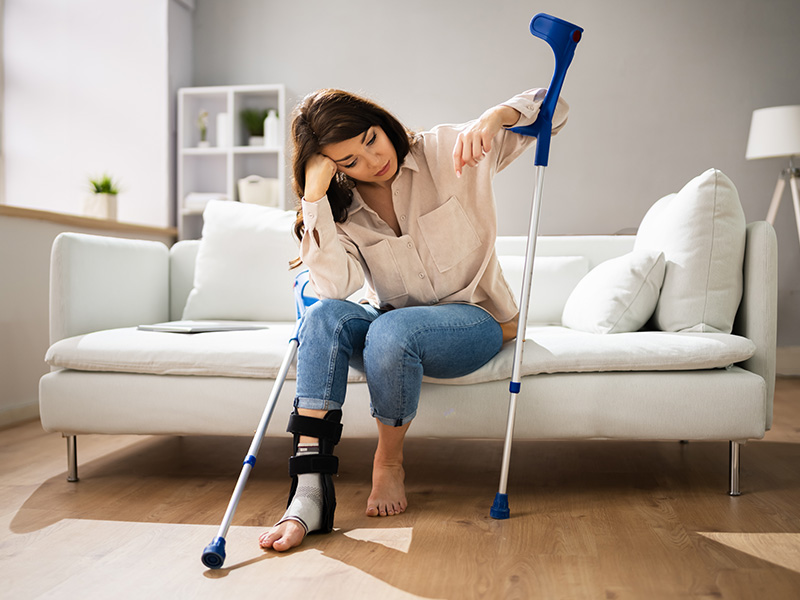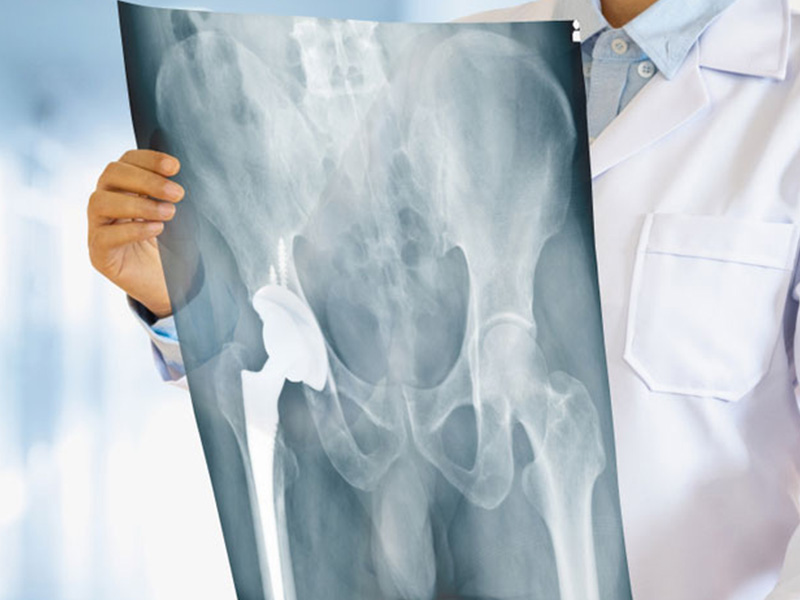Orthopedic Treatment for Spine Problems: Complete Solutions for a Better Back
Knowing Back Problems
A complicated structure offering flexibility and stability is the spine. Herniated discs, scoliosis, and spinal stenosis are among the conditions that could cause great pain. Many times, these diseases restrict movement and lower the quality of life.
The orthopedic experts are highly skilled in handling these issues. Their knowledge guarantees patients get unique treatments meant to encourage long-term well-being and rehabilitation.
Signs Indicating You Might Need Orthopedic Treatment
Early diagnosis of spinal issues is absolutely vital. Search for these symptoms:
- Regular back or neck aches
- Tingling or numbness in the limbs
- Trouble walking or standing
Ignoring these signals can cause more serious problems. Orthopedic treatment can offer efficient remedies and help identify the underlying reason.
Non-Surgical Alternative Therapies
Often starting with non-invasive techniques, orthopedic experts These procedures are meant to relieve pain and restore function without involving surgery:
- Physical therapy helps to correct posture and builds muscles supporting the spine.
- Medications: Muscle relaxants and anti-inflammatory medications ease swelling and pain.
- Chiropractic Therapy: Corrections straighten the spine, therefore releasing the strain on nerves.
These techniques are perfect for mild to moderate spine conditions.
Visit Our Therapists
When Surgery Turns Necessary
In extreme situations, surgery could be the best answer. Orthopedic surgeons address spinal problems using cutting-edge methods. Typical surgical treatments include:
- Joins two or more vertebrae to stabilize the spine in spinal fusion.
- Removes damaged discs in a discectomy to decompress nerves.
- A laminectomy removes some of the vertebrae to provide room for the spinal cord.
These precise operations reduce recovery time and optimize results by means of their accuracy.
Using Technology in Orthopedic Treatment
Spine treatments depend much on modern technologies. Precision is improved by tools including modern imaging systems and robotic-assisted surgery. These developments let orthopedic experts produce better results with less risk.
Avoiding Spine Issues
Better still than treatment is prevention. Easy lifestyle adjustments can greatly lower the likelihood of spine problems:
- Maintaining a good weight helps to prevent spine stress.
- Whether seated, standing, or lifting anything, practice excellent posture.
- Keep moving with workouts strengthening back and core muscles.
- Frequent visits to an orthopedic specialist also enable early identification of any issues.
selecting the appropriate orthopedic specialist
Effective therapy depends on a suitable professional. Seek a specialist with:
- lots of knowledge about spine care
- Positive evaluations of the patients
- Availability of contemporary infrastructure
- Every stage of your road to recovery will be guided by a reputable orthopedic specialist.




